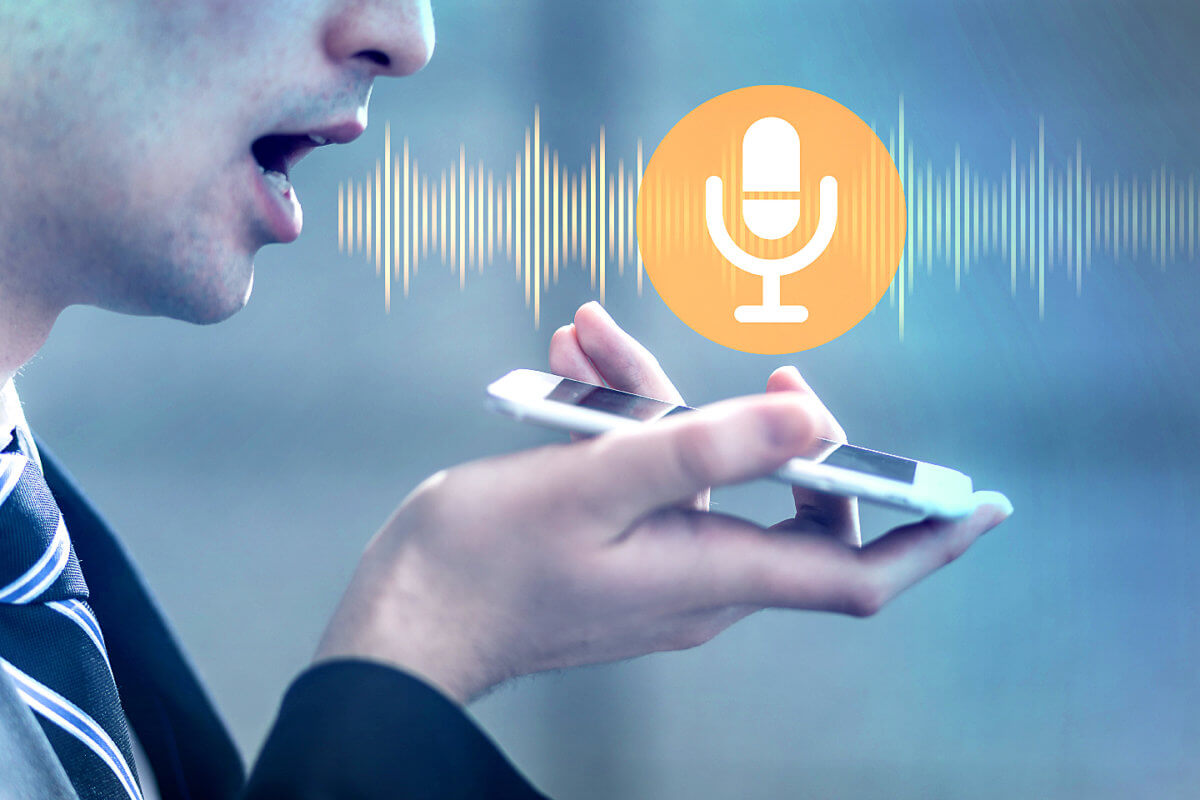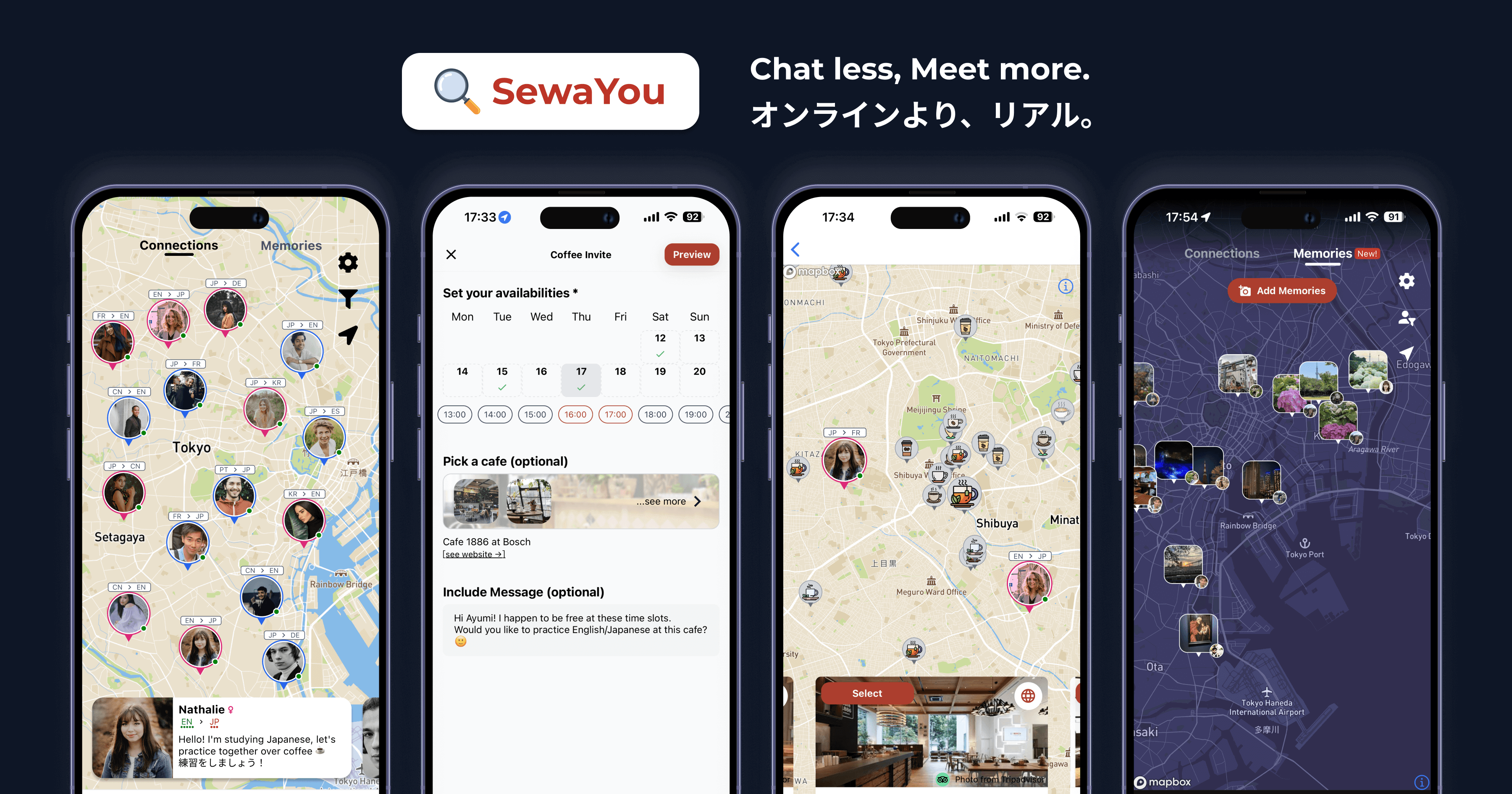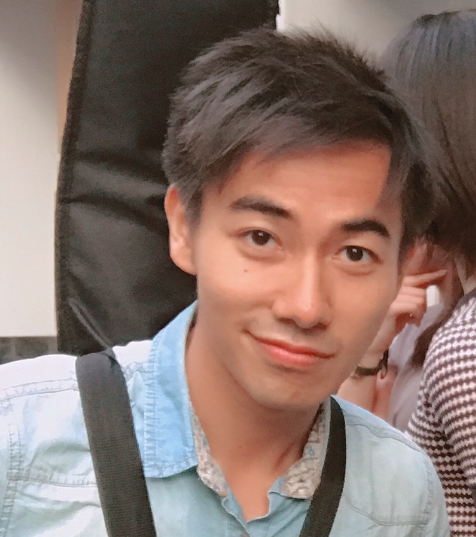
Trying to find a partner with whom practicing Japanese might not be the simplest task, especially if you don't live in Japan. You can still find a Japanese language exchange partner online using apps, but you'll spend a lot of time trying to find the ideal partner whose level fits yours etc... Also, practicing your speaking skill is more about you and your input rather than trying to find the ideal partner. This is why maximizing your solo practice time is more sustainable and will bring more results than waiting until you find the right partner to talk with. Still the amount of time you spend exchanging with them is limited.
Most people either send a message by typing on their smartphone keyboard, or using their microphone to send voice messages. Do you know that you can also speak and convert in real-time what you're saying to text?
I found out about this feature when I started to use Siri, my iPhone AI voice assistant. I realize how accurate AI can understand what you're saying. I then tried the built-in voice recognition from my iPhone keyboard.
So what Voice Recognition has to do with practicing your Japanese speaking skills? If whatever you say can be properly recognized as a text, that means that your pronunciation was good enough for the computer to understand it. So your native counterpart is also likely to understand your words. This also applies to other voice assistants like Alexa or Google assistant. Most smartphone keyboard has the built-in feature to dictate and transcribe what you're saying to text. If the software can recognize and understand what you're saying it means that you're close enough to speak like a native in a natural way.

That's a quick way to evaluate your level as well as getting instant feedback because you know exactly which word didn't get properly recognized so that you can work on those words specifically. Double your effort to practice those words that you struggle to pronounce and practice until the voice recognition will be able to understand it.
Classical textbooks are good to learn complex grammar and vocabulary but in order to become a natural speaker you really need to output a lot and often. That's why it's a bless to be able to leverage technology to help you improve when you can't practice speaking with a real native.
Take this opportunity to practice on your pronunciation so that you can make clear and concise sentences. At first not every word you're saying can be recognized, but over time, the number of mistakes you make will be decreasing.
Practicing your speaking skill in a foreign language is not only about brushing the language skill itself, but also about trying to get less embarrassed when you speak and gain more confidence.
It's a hard skill to master to be able to hear your own voice without being embarrassed because that's what happens when you talk start to talk with native speakers in real life. If you're not used to hear your own voice, you might feel embarrassed when you start to hear it, which will decrease your confidence. Your counterpart can feel that in your voice and hesitation, which won't lead to a smooth conversation. Sometime, confidence is much more important than the actual correctness of the sentence. Picture yourself doing a business meeting in a foreign language. If you're trying to convince someone to do something for you during the meeting, you better have confidence in your voice, people pay more attention to your voice, your gesture, and your overall confidence rather than your grammar or the words you're using.
You need to be confident on what you're saying and being able to practice clearly out loud helps you gain that confidence because the next time you meet native speakers, you will be able to use the same voice and intonation combining with a good pronunciation that you've been training yourself.
Becoming good at speaking in a foreign language is directly proportional to your output. It's more a habit than a raw skill.
Of course you need to complement your speaking practice by meeting real people in real situations. There are things than can't be reproduced when using the dictate features. For example, noise in the background, the volume of your voice, how close or how far you are to your counterpart, whether your counterpart is already used to foreign accents etc...
When practicing your Japanese speaking skill using the dictate feature on the keyboard, you might have noticed that the sense of satisfaction is huge and it really keeps you motivated to practice your pronunciation. Every single time you're trying to make the less mistakes you try to challenge yourself to pronounce words clearly and make as less as mistakes as possible. That clearly leads to improvement over time.
It's a deliberate act, you're actively learning from the instant feedback on mistakes you're making. You can practice wherever you want. This method also works for shy people or those who are afraid of making mistakes, because you're just talking to your own smartphone and not a human being counterpart. There is less pressure, and you'll be ready by the time you have real-life interaction. The reward is huge because you get to train your voice tone, fine-tuning your intonation and pronunciation so that the voice assistant can understand you.
Here is a sample of my Japanese using voice recognition:

It can even recognize the punctuation, like the question mark "?" (はてなマーク), the Japanese period "。" (マル), new line (改行)... pretty impressive isn't it?? 🤩 So my Japanese (I'm not Japanese) was good enough to be understood by voice recognition.
To complement to your solo speaking practice, you can practice with native Japanese speakers. We recommend using SewaYou to find native language partners living in your area to quickly arranging a meetup.

Fun fact, this blog post was entirely written by using the voice dictate feature on my Apple keyboard. Just see how precise and accurate the voice recognition can be. English is not my native language, but good enough that the voice recognition can understand my words and sentences with almost no mistakes.

It will save you a lot of time and the barrier to practice is much lower, than trying to find a Japanese buddy.
The most important thing when practicing your speaking skill is simply to output a lot and often. Be it full sentences, or just simple short words.
So from now on, everytime you need to write some simple memos or searching on Google, try to use the audio dictation feature and speak out loud, and see to what extent you can get understood.
Personally using the dictate feature increases a lot my productivity as well as saving my energy. When you want to take some quick notes or memos, if you were to type it, it will require you to:
So instead, you can use something like Siri or Google Assistant to automatically take notes of what you're saying.
Also, while dictating to your smartphone, you might want to challenge yourself to output and say out loud as much English or Japanese (or whatever language you're learning) so that you can test your speaking speed. For the record, the average English native speaker speaking is 150 WPM (Words Per Minute). I don't have a number for Japanese, but you get the idea. By the way, the average typing speed is only at 40 WPM. So in terms of productivity, you can output roughly 3 to 4 times more content than when you type. Of course it will depend on the content, you might not want to write an entire Power Point presentation slide deck using voice recognition, but something like a blog post or a video script is a good candidate for using this method.

You need to check the average WPM of a native speaker, if you get close to that speed, it means that you're speaking at a natural speed while being understood.
Now I could write drafts for a blog post from anywhere because sometimes inspiration just strikes when you are walking outside alone in the dark in the cold...
And in those moments you might not have access to your computer, or you just don't feel like taking out your computer and start to type outside. So instead, just use your phone and plug your AirPods or whatever microphone/earphone and just start talk-typing (you can quote me on that 🤓) and then ideas will just flow.
Have you ever noticed that when you talk to someone your words comes much more natural than when you're trying to type and send them a text message?
So in conclusion, writing this blog post using only my voice took me roughly 30 minutes because my thoughts just flow smoother than when I type. Since I don't need to care about all the typos mistakes that I made along the way. I can just edit the draft afterward. Also, everytime you hear your voice speaking, your ideas came out much more naturally and they are more connected, than when you type because your ideas put into speaking words. They are connected and you use both your auditive capability as well as your voice capability so you speak and listen to yourself at the same time which makes things flow smoother than if you were to write all of them because things will just stay and stick in your brain.


